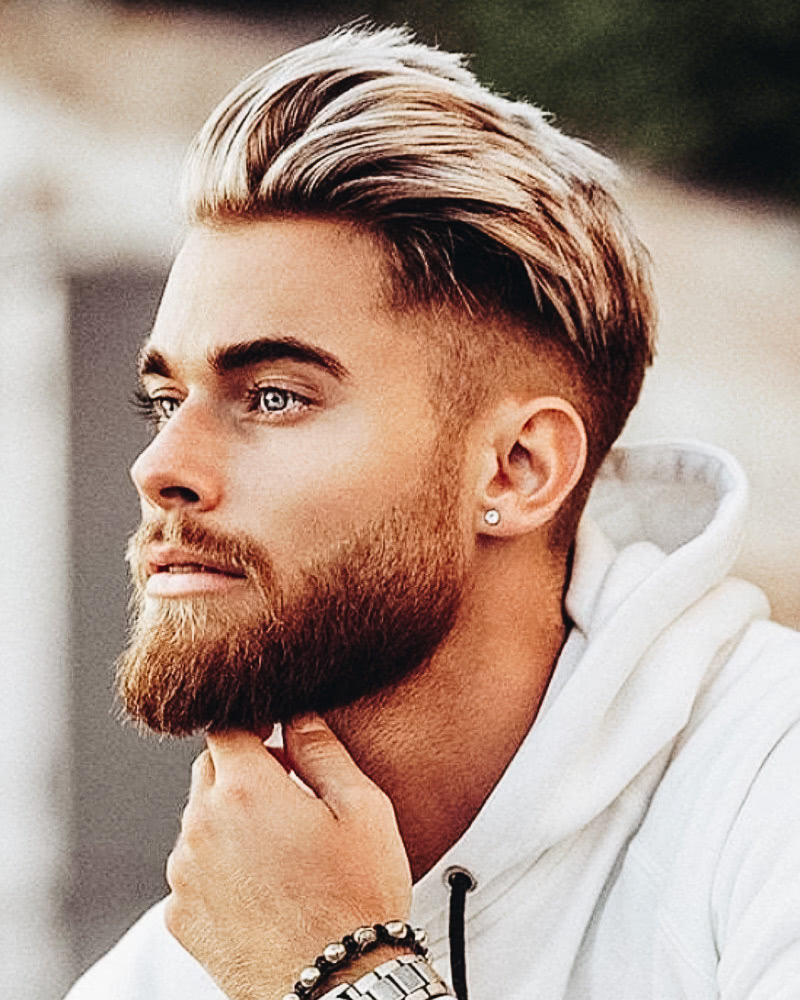Hairdressers as Artistic Stewards Shaping Neighborhood Identity and Connection in New York City
Hairdressers as Artistic Stewards Shaping Neighborhood Identity and Connection in New York City
Blog Article
Barbershops in NYC are not only places to get a trim; they serve as crucial cultural centers that help shape community identity and nurture connections among residents. These establishments have a long history in urban settings, acting as gathering spots where people from diverse backgrounds come togetherness. In many neighborhoods, barbershops are often the first place where individuals can engage in conversations about community issues, exchange stories, and build relationships. This distinct role makes barbers not only skilled professionals but also community curators who add to the community fabric of their neighborhoods.
The atmosphere in a barbershop is often lively and inviting, creating a setting where clients feel comfortable sharing themselves. Barbers are known for their ability to engage with clients, often engaging in discussions that range from athletics to current events. This interaction helps to create a feeling of belonging among clients, as they discuss their experiences and perspectives. In many cases, barbershops mirror the ethnic diversity of the areas they support, displaying different haircuts, grooming techniques, and even music that connect with the local population. This social exchange enriches the experience for everyone involved and bolsters community ties.
Barbershops also play a significant role in maintaining cultural traditions. Many barbers have been Click This Link educated in particular techniques that are transmitted through ages, guaranteeing that unique looks and methods are not forgotten over time. For instance, certain styles and grooming practices may be tied to cultural background, allowing clients to show their identity through their look. By upholding these customs, barbershops help to preserve cultural narratives alive, providing a sense of pride and continuity for community members.
In addition to their cultural significance, barbershops often engage in community outreach and assist local causes. Many barbers take an proactive role in addressing social issues, such as learning and health education, by organizing events or offering resources to their patrons. This engagement shows a dedication to the health of the neighborhood and encourages a feeling of responsibility among barbers. By using their platforms to promote positive change, barbershops become vital players in the community, further reinforcing their role as community curators.
In conclusion, barbershops in NYC serve as crucial places for cultural interaction, community building, and identity formation. They provide a unique environment where people can bond, exchange, and honor their diverse backgrounds. As cultural curators, barbers not only shape the way clients show themselves but also affect the broader community dynamics. By understanding the value of these businesses, we can value the vital role they play in building connections and preserving cultural heritage in urban settings.